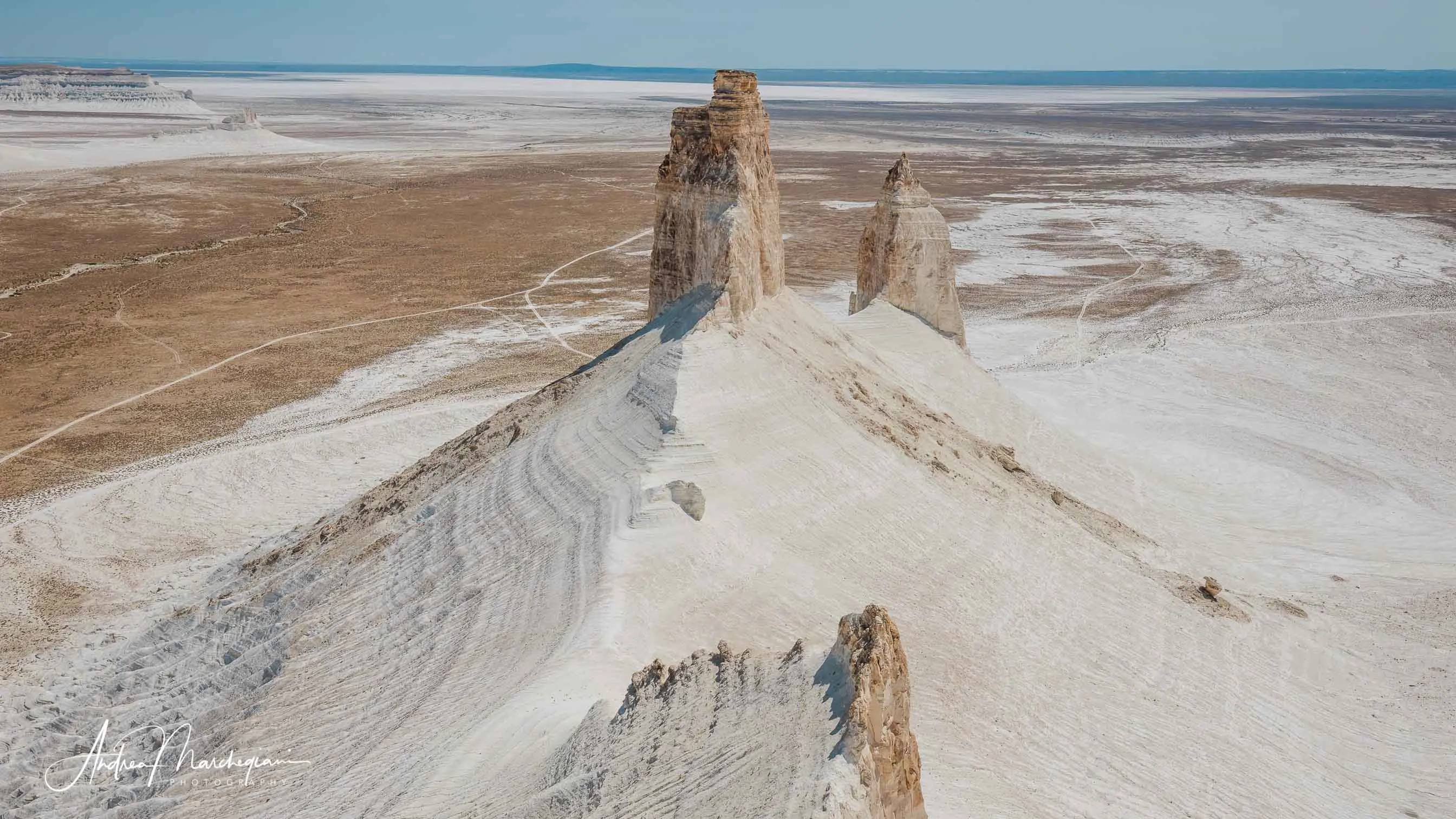
- Home
- Photo Galleries
- Portrait Photography
- Landscape Photography
- Street Photography
- China
- Ethiopia
- India
- Holy Ganges
- Varanasi
- Varanasi Ganga Aarti
- Varanasi, Manikarnika Ghat
- Varanasi Streets & Alleys
- Varanasi Demolition
- Varanasi Fruit Market
- Sarnath
- Brick Kilns
- Tamil Nadu, Chennai & Mamallapuram
- Tamil Nadu, Fort Tirumayam & Madurai
- Tamil Nadu, Tiruvannamalai & Thanjavur
- Kerala, Munnar
- Kerala, Peryiar
- Kerala, Backwaters
- Kerala, Kochi
- Kazakhstan
- Myanmar
- Senegal
- Uzbekistan
- Travel Blog
- China
- Ethiopia
- India
- Tamil Nadu & Kerala
- Varanasi
- Whato to do in Varanasi
- Varanasi Life along the Ghats
- Varanasi Death along the Ghats
- Varanasi Ganga Aarti Ceremony
- Varanasi demolished to honor Shiva
- Varanasi Fruit Market
- “Varanasi, A Journey into the Infinite”
- Sarnath
- All about River Ganges
- Holy Shit. All about Indian Cow Dung
- Clean India Project
- Brick factories
- Tilaka, pundra, bindi: what is the mark on Indian foreheads?
- Kazakhstan
- Mongolia
- Ulaanbaatar, the coldest capital in the world
- What to do in Ulaanbaatar
- Chinggis Khan Museum, 6 floors of Mongolian history
- Gorkhi-Terelj National Park and Bodgkhan Natural Reserve
- Altai Mountains, Things to do in Olgii and Sagsai
- Living with the Eagle Hunters
- Sagsai Eagle Festival
- Navrus Festival
- Xöömej, Mongolian throat singing
- Mongolian Food
- Myanmar
- Senegal
- Uzbekistan
- Latest Posts
- Photography Blog
- About
- Prints
Since I visited the Mangystau desert in Kazakhstan and told about it in my travel blog, more and more people have contacted me for advice on how to make their trip. Photos of the beautiful scenery of what they call “the painted desert” are circulating on the net, attracting more and more travelers.
For this reason, I decided to make a definitive travel guide, with all the useful information to anyone who wants to approach a trip to Mangystau.
Share with your friends:
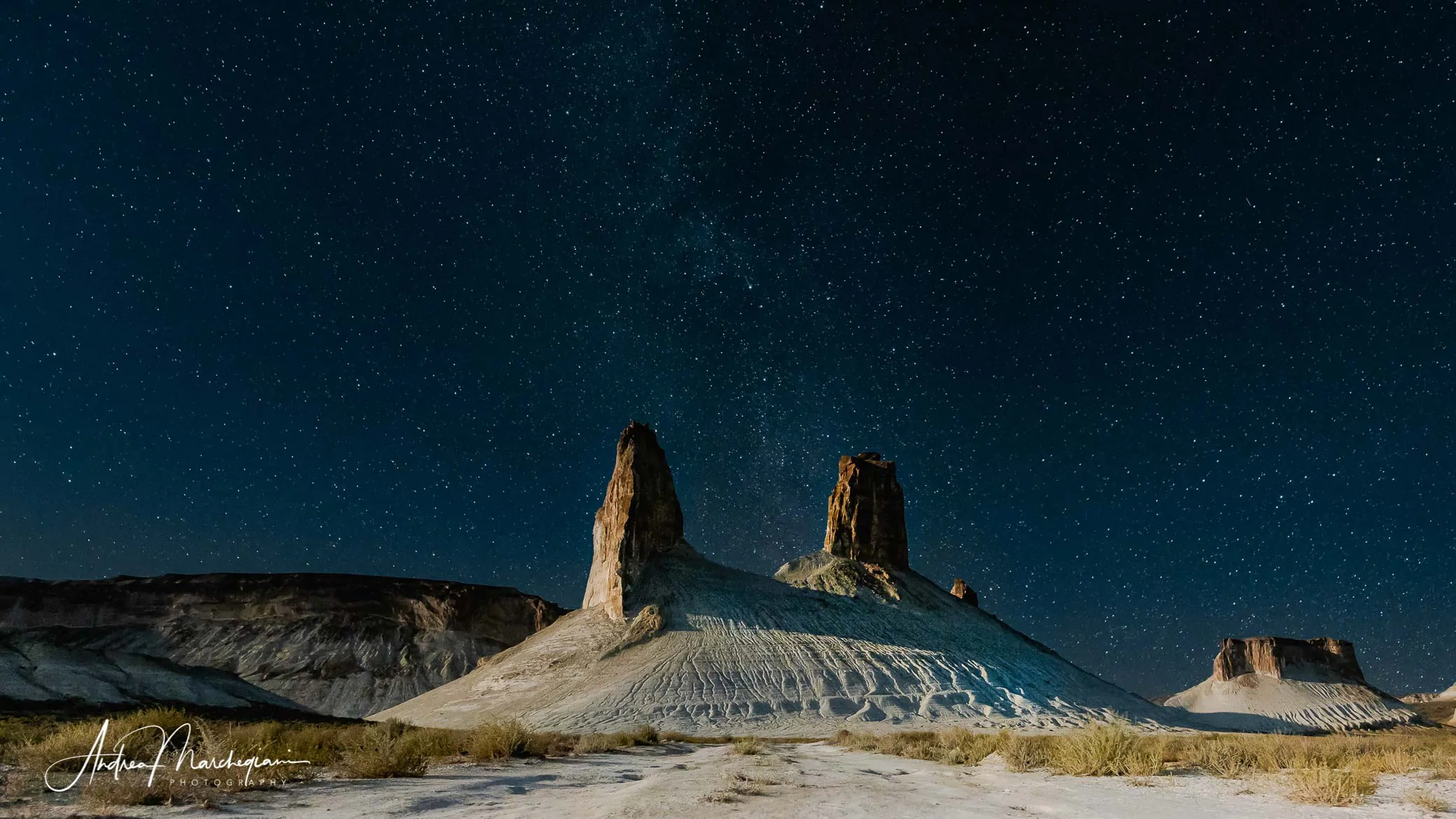
Where is the Mangystau desert located: brief historical-geographical coordinates
The Mangystau desert is located in Central Asia, more precisely in Kazakhstan, the largest country in the world with no direct access to the sea. In reality, Kazakhstan faces the Caspian Sea, but without navigable tributaries, it is considered as a salt lake.
Home to 120 ethnic groups including Russians, Kazakhs, Ukrainians, Turks and Uzbeks, Kazakhstan once belonged to the Soviet Union. 60% of the mineral resources available to the USSR actually came from here.
Kazakhstan also has large oil fields ( gasoline has a very low cost, about €0.20 per liter).
Today the country is among the richest ones in the world, even if the distribution of this wealth is very unbalanced. The capital, Astana, is the symbol of this rapid economic growth.
The Mangystau is a desert region of Kazakhstan, with capital Aktau, and extends for about 400 km between the coasts of the Caspian Sea and the border with Uzbekistan. It has a very low population density, about 2 inhabitants per km². If Kazakhstan is a sparsely populated country, Mangystau is its most uninhabited region. It is easier to come across a camel or a scorpion than another human being.
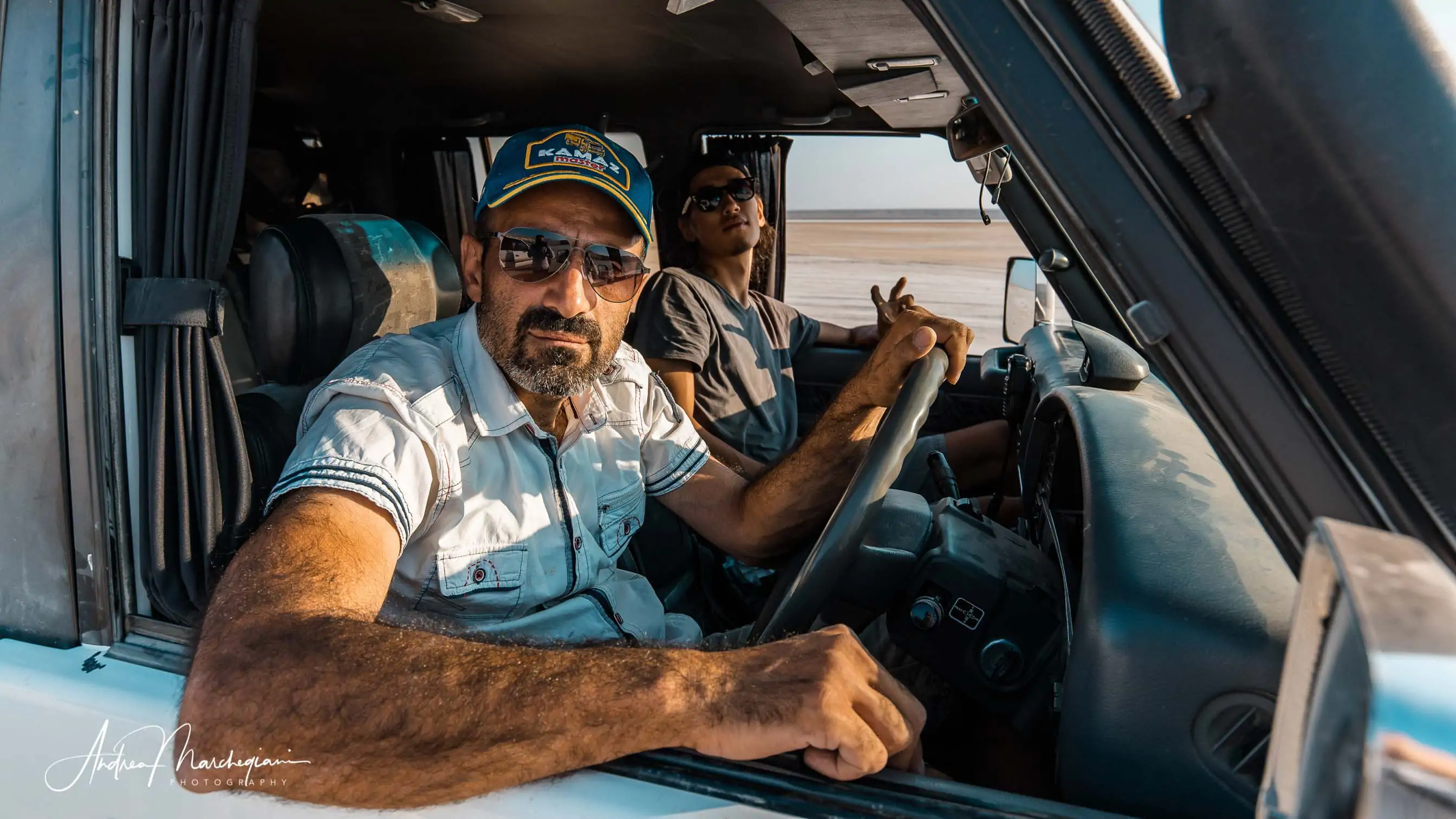
Best time to visit Mangystau desert
The Mangystau Desert is known for its very hot summers and very cold winters. There is little or no rainfall throughout the year.
If you want to avoid the summer heat, the best time to travel is spring (April-May) and autumn (September-October). In these months the temperatures are mild and more comfortable.
But do not be frightened by the warmer months: July and August, when temperatures can exceed 40 degrees, are still periods when you can visit the region without too much discomfort.
The heat is very dry and therefore more tolerable than you might think. Personally I visited the desert in August and, despite being a person who suffers particularly from the heat, I managed to adapt very well.
Unfortunately, with climate change taking place, the weather is becoming increasingly unpredictable. I therefore recommend that you consult the local weather of Aktau before leaving and decide according to your individual characteristics.
Travelling alone or with local guides
Traveling alone, renting a jeep and driving it without a local guide, might seem an exciting idea but I would advise against it.
Most of the routes are not on paved roads but in the middle of the desert. Losing orientation is easy and you won’t be able to count on satellite reception of your smartphone.
Instead, contact a tour operator or a local guide. They will make your trip more comfortable: they will provide you with the most suitable camping tents, they will show you the (sporadic) places where you can take advantage of showers and toilets, they will set up field kitchens to cook meals with. Let the majestic landscapes, the absolute silence and the sparkling starry nights grant you with the exciting adventure you are looking for.
Things to do in Mangystau
1.Shakpoaktysay Canyon
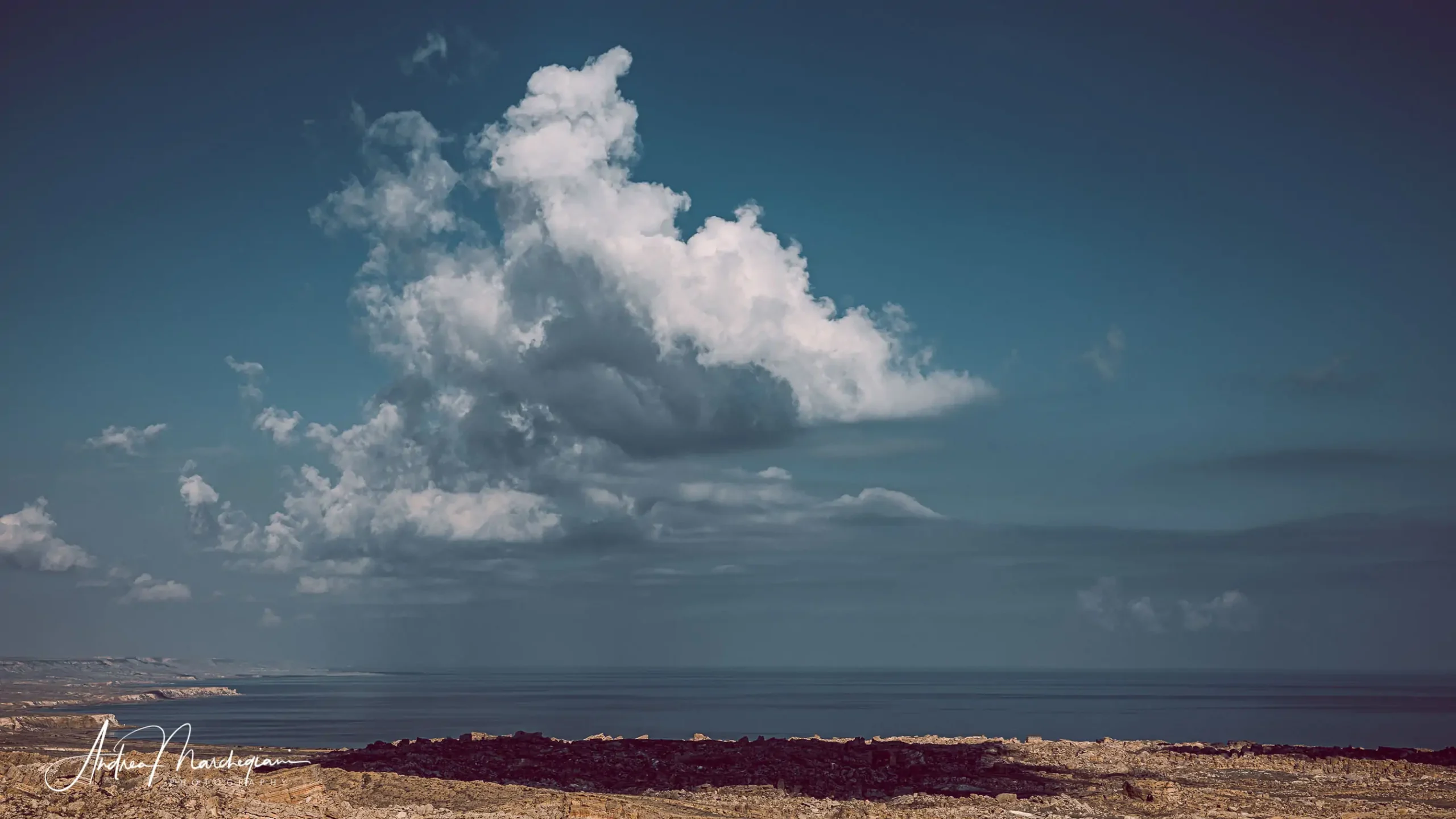
Shakpoaktysay Canyon is a blinding expanse of sharp rocks overlooking the Caspian Sea. Here you can admire the first fossils of your journey and strange rock formations resembling figures of various animals.
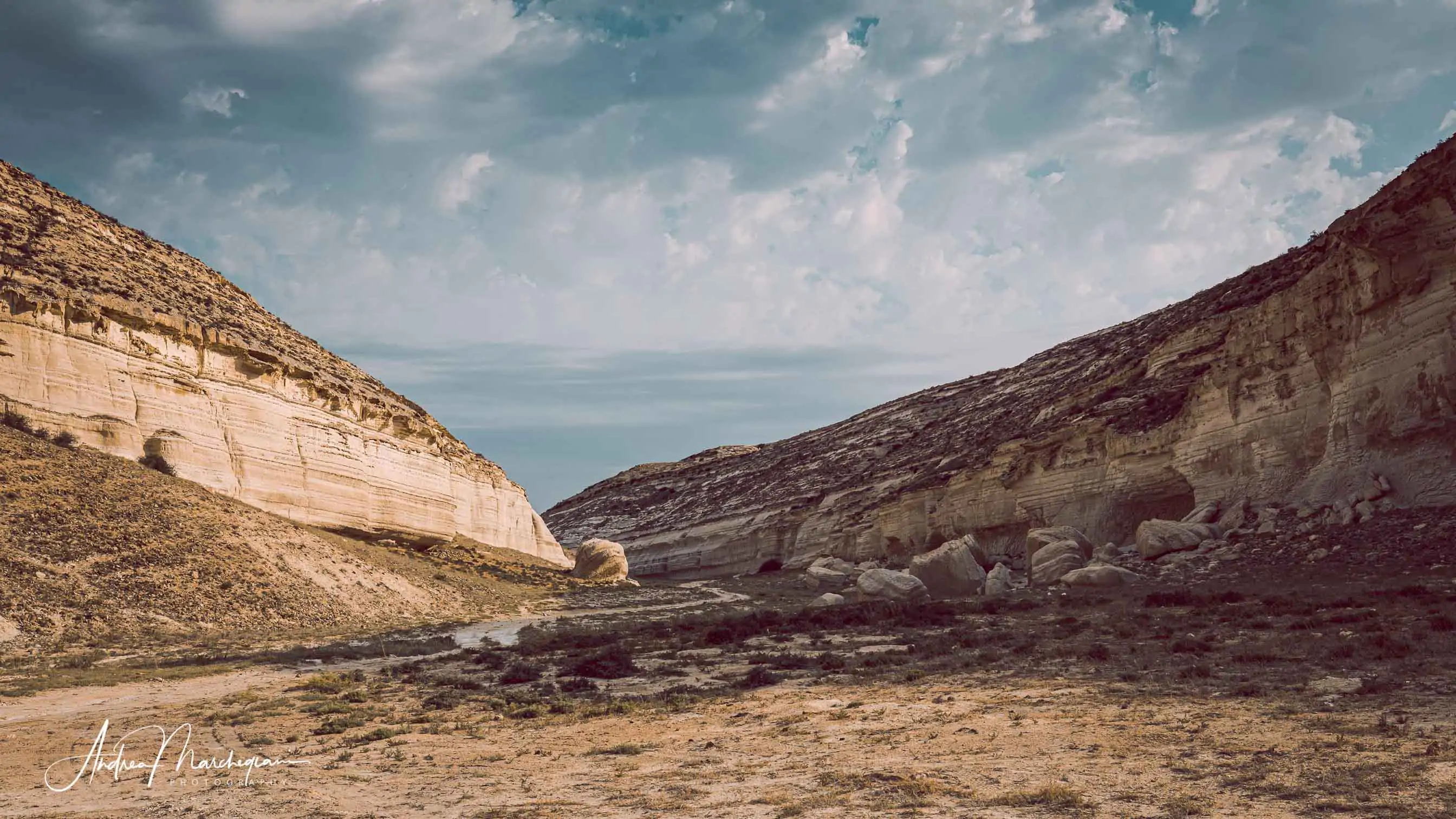
2.Kapamsay canyon
Here once flowed a river, which then dried up. In its place, there is now a narrow and deep gorge, carved into the siliceous rock. It’s white, dazzling. If you are lucky enough to stay here for the night, let your guide tell you the legend of Kapam, the warrior king who once ruled this wasteland.
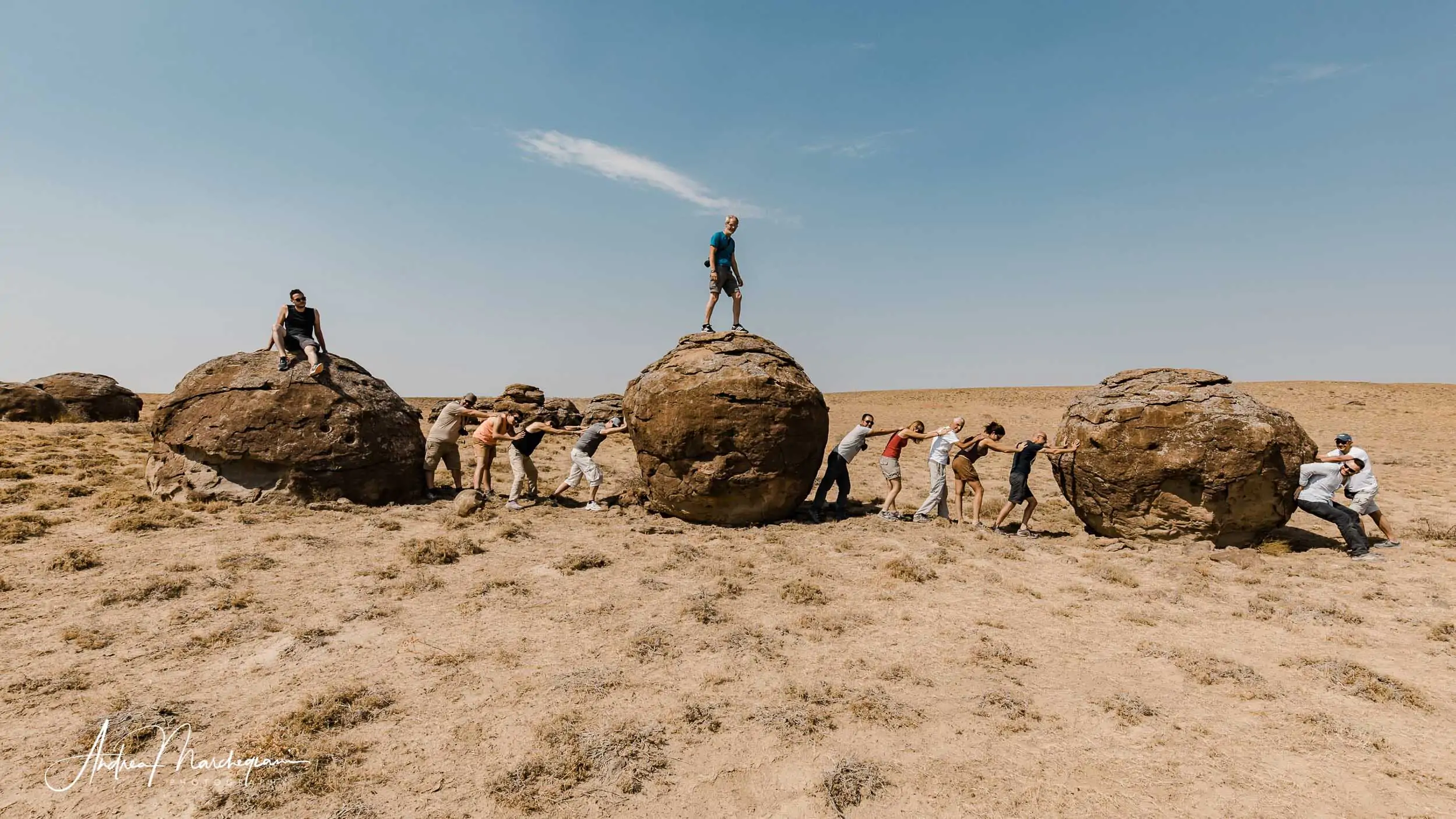
3.Torysh, the valley of Balls
This incredible site is located in the western area of the region, near Shepte. Here you can admire thousands of rock spheres, scattered along wide steppe valleys. The spheres vary in size, some are as small as a handbag dog, others are as big as cars. The origin of this phenomenon is still uncertain!
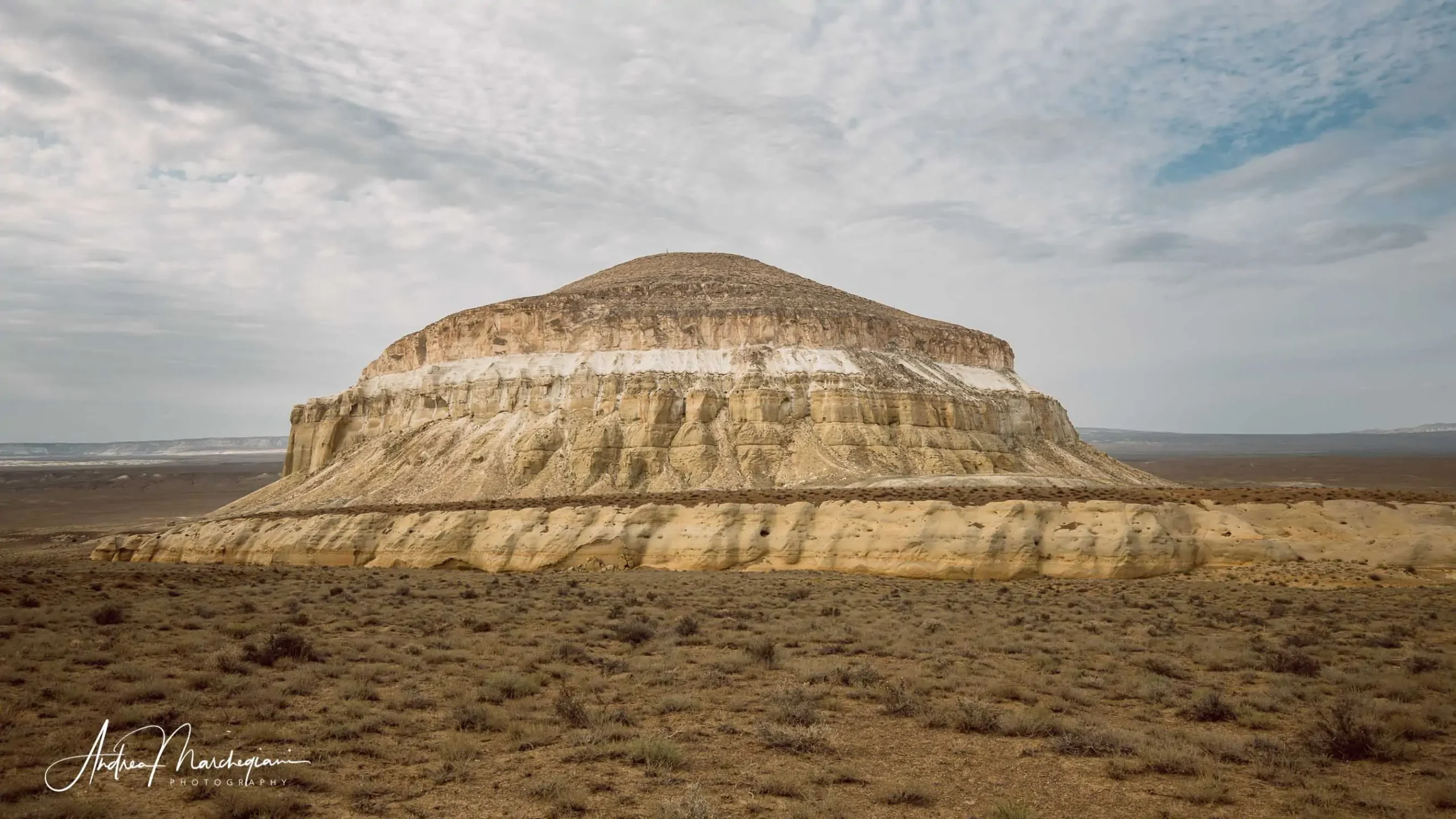
4.Shergala Sherkala
Sherkala in Kazakh means “Lion Mountain”. It is a small rocky massif, very famous among the locals, who admire its color streaks and its particular shape.
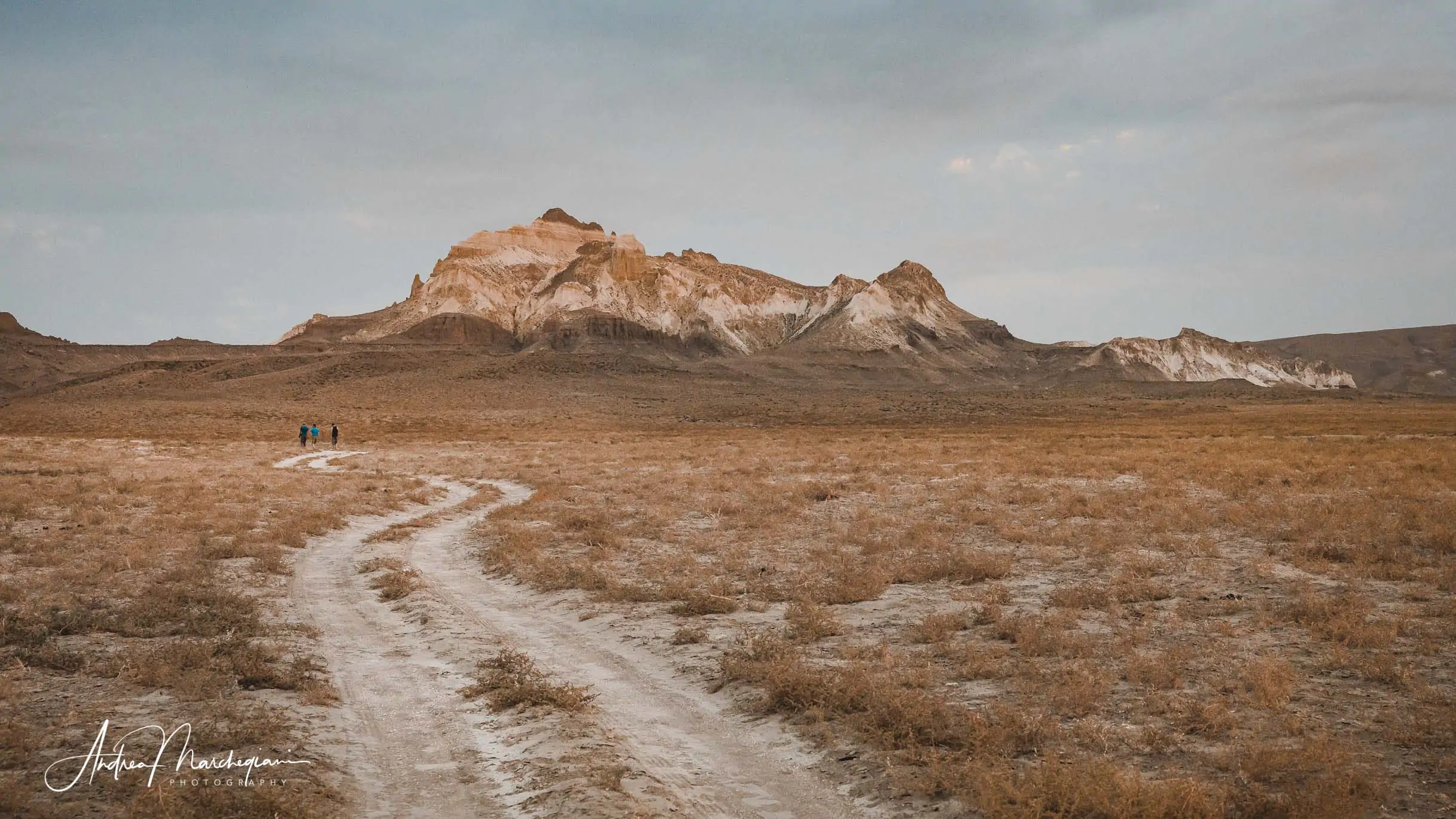
5. The Valley of Castles (Airakty Shomanai)
Here the Ukrainian poet and painter Taras Shevchenko created a series of paintings he called “The Valley of Castles”. The rock formations, with their particular profiles, recall fortified castles, with towers, spires, walls and colonnades. Sleeping in a tent at the foot of this articulated rocky massif is one of the most incredible experiences you can have at Mangystau. In the morning, wake up early and climb it to the top!
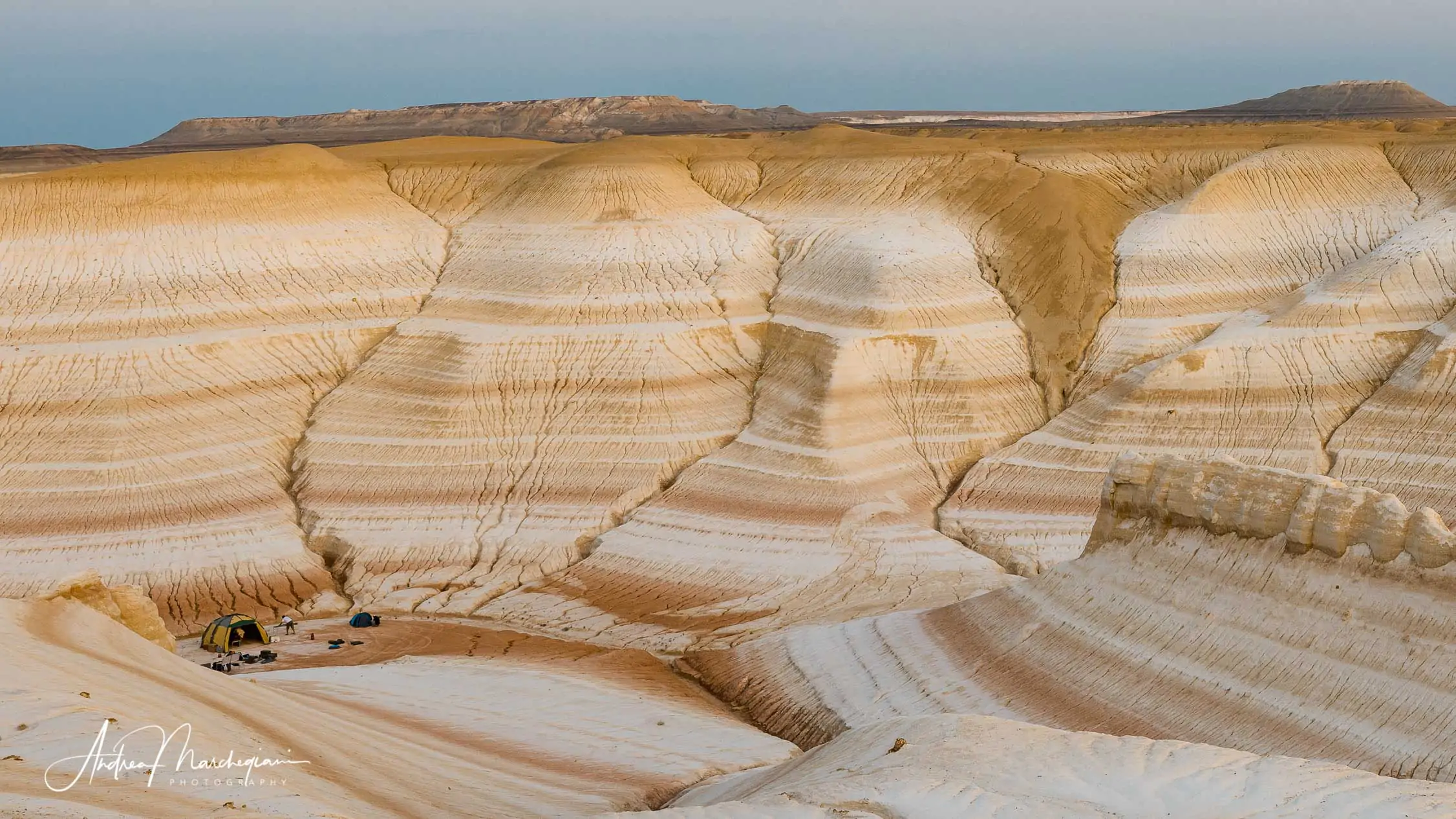
6. Kyzylkup (Tiramisu Mountains!)
There are no road signs to take you here and the dirt roads really look the same, but this rock formation is a must. Its streaks look like a tiramisu desert and as you climb to the top you will seem to be shrinking by magic and getting lost inside a large pan covered with mascarpone cream. The overnight on site and the exploration of the surroundings at dawn will remain forever in your heart. Kyzylkup or, as my guide nicknamed them, “tiramisu mountains”, is worth the price of the whole trip!
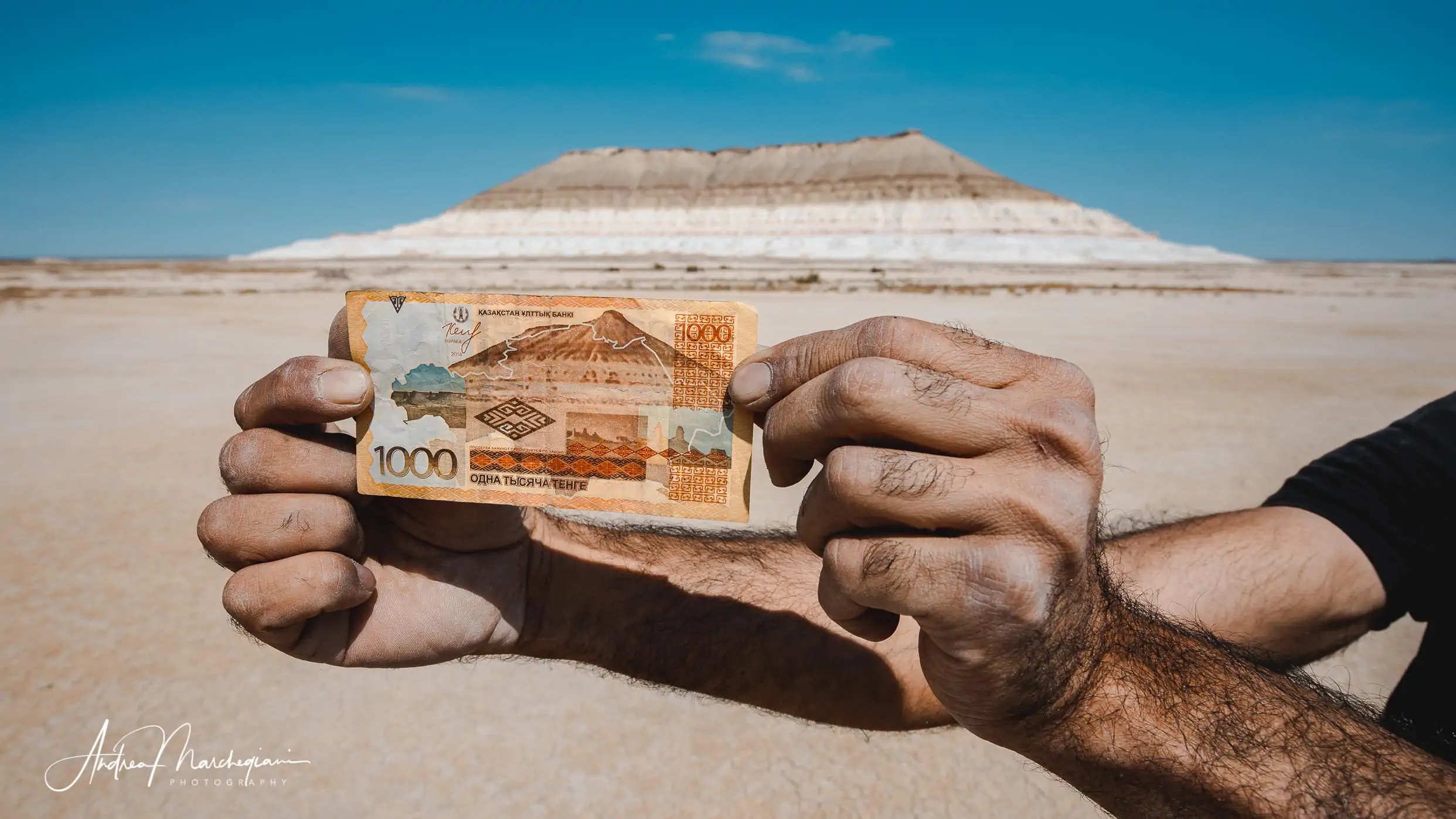
7. Bokty Massif
The massive Bokty is so characteristic that it is printed on 1000 tenge banknotes. It is a trapezoidal mountain, but if you go around it to admire it from the south, it turns into a perfect pyramid. Your Kazakhs guides will make sure you have a souvenir photo at the foot of the Bokty!

8. Bozzhira Canyon
In a dreamlike setting, in the southwestern stretch of the Ustyurt plateau, the rugged peaks of the Bozshira mountain do stand out. Hiking to the top is a memorable experience. Try not to miss it. If you suffer from vertigo, let your guide help you!
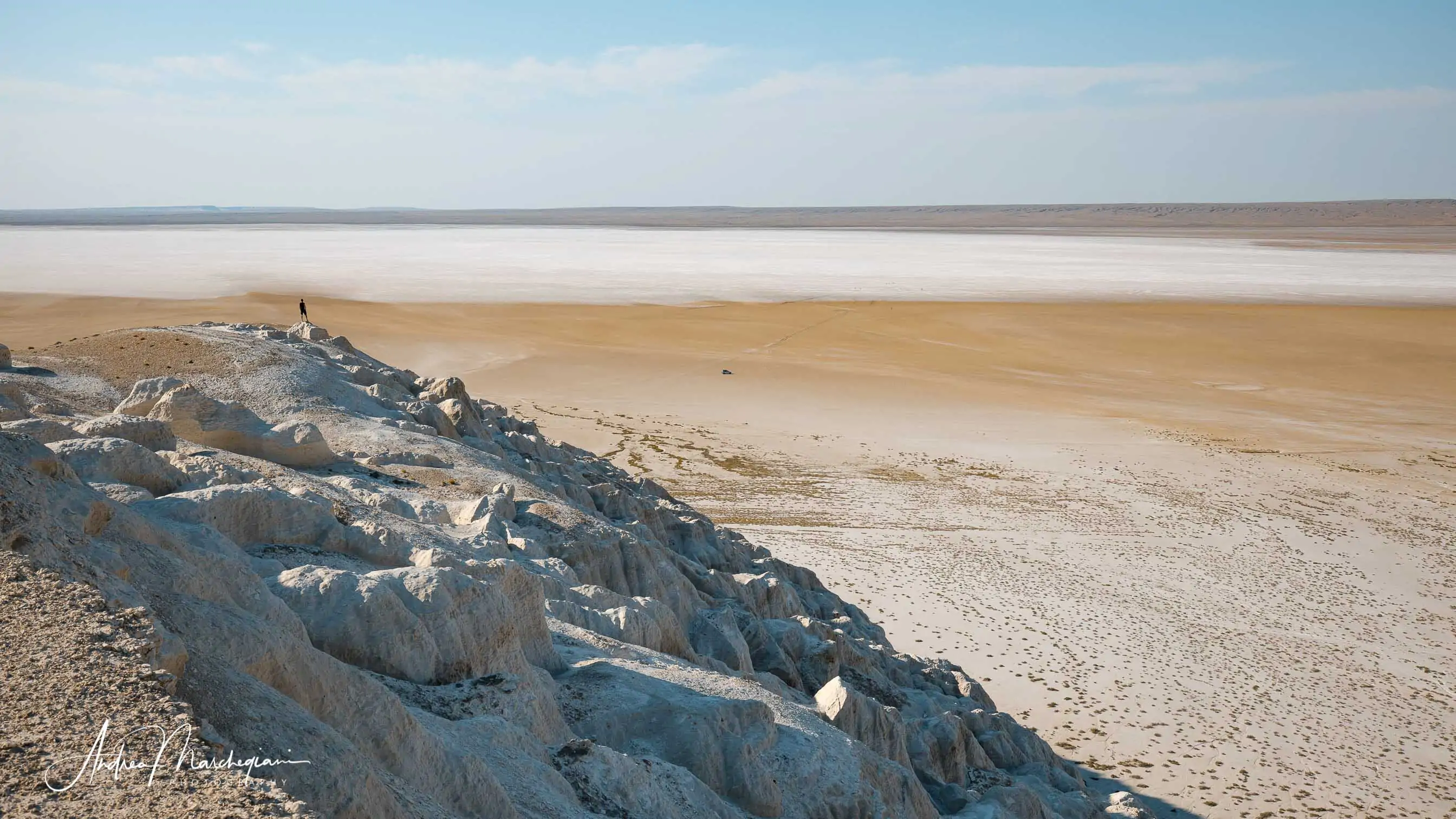
9. Lago Tuzbair
Tuzbair Lake (sor Tuzbair) is located in the southwestern region of Mangystau, where there are no water sources and the land is rich in salt. About 250 million years ago this area was covered by Tethys ocean, so it’s actually sea salt. Seen from above, the white colouration of the salt soil produces a small mirage and the lake seems covered with water even in summer. In addition to the lake basin, tourists are attracted by irs unique shores, with peaks and ripples that seem drawn.
Useful information for your stay in Mangystau, Kazakhstan
Things not to do in Mangystau
Mangystau is not only a region with breathtaking landscapes, it is also an open-air archaeological museum. Here in fact, in distant geological times, the ocean of Tethys reigned. As you drive your jeep along the sandy dirt roads, remember that you are crossing the bottom of an ancient ocean, which still today gives us unexpected surprises, such as shells and fossil skeletons of sharks.
There are no accommodation facilities and you will always camp outdoors, without services of any kind.
Please be respectful of the places you visit. Do not litter, do not throw away any paper or plastic bags or junk of any kind. Preserve this great natural heritage and ensure that those coming after you find it in the same conditions.
The Mangystau Desert will not survive mass tourism unless it is ethical and respectful. If you decide to leave for Mangystau, set a good example!
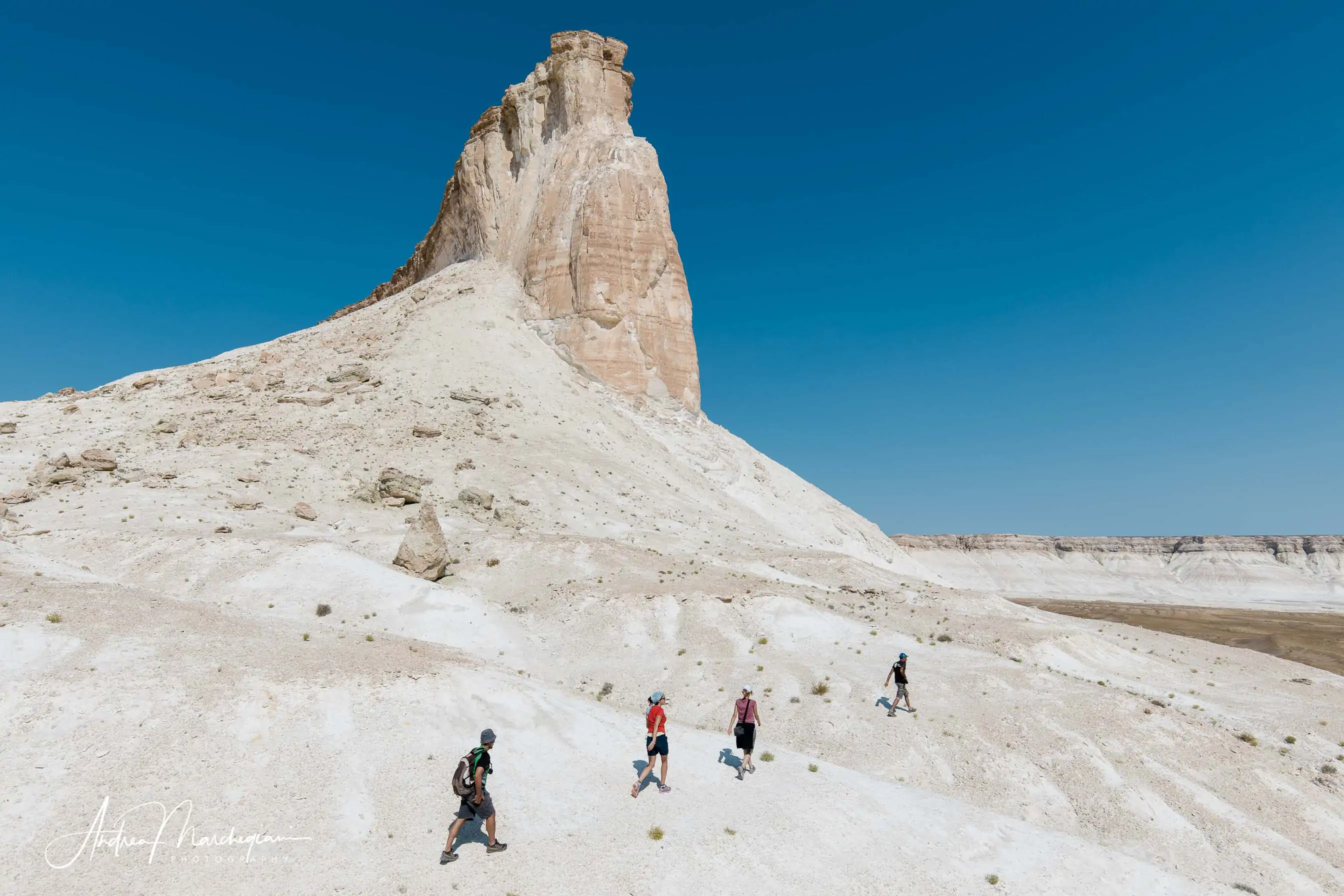
Are trekking paths dangerous?
The trekking paths your guides will guide you through are designed to be safe. Nobody wants to handle an emergency or an accident if they’re in the middle of nowhere.
The only advice I can give is about trekking the canyons of Bozzhira, where I had problems because I suffer from vertigo. The danger was not real, but you skirt some overhangs and I had some dizziness. In case you suffer from vertigo, let the guide accompany you but try not to miss the trekking. The final view is breathtaking and is worth every scared step you take.
Kazakhstan time zone
The Mangystau time zone is 4 hours ahead of Italian daylight saving time, 5 hours with daylight saving time.
Passport and tourist visa
To visit Kazakhstan no entry visa is required, as long as you do not stay for more than 30 days. It is allowed to remain in the country without a visa, on several occasions, for a total maximum of 90 days over a period of 6 months.
Local currency, Cash and ATM
The official currency of Kazakhstan is the Tenge, introduced as the national currency of Kazakhstan in 1993, replacing the Russian ruble. Its value in euro is around €0.20.
You can change your money as soon as you land in Aktau, the capital of the region, where there are currency exchange desks at the airport, banks and ATMs.
If you do not intend to change your money all at once, ask your guides if it will be possible to do so later, in one of the small towns where you will stop to supply the jeeps with petrol.
What to wear in Mangystau desert
Use the classic strategy of dressing in layers: t shirts and light trousers for the day; sweatshirt to protect yourself from the cool of early mornings and late nights. If you have a light complexion, I recommend avoiding t-shirts (you would burn your arms) and wearing comfortable long-sleeved linen shirts instead.
Wear sunglasses (the sand in the sun can be blinding!) and large hats to protect your neck and ears
Wifi and Telephone
There is no cellphone coverage in the Mangystau desert. Forget yor devices and enjoy the silence!
First Aid kit
Since you are going to remote and isolated places, it is good to bring a first aid bag with you. Do not forget gauze and hydrogen peroxide, antipyretics, antihistamines and broad-spectrum antibiotics, antidiarrheal and intestinal transit regulators. Rely on your GP to choose what to put in your bag. Don’t forget sunscreen!
Have a nice trip!
Share with your friends:
More from Mangystau Travel Blog
Dear Andrea,
Thank you for your sharing and the amazing jornery in Mangystau. I am interesting travel there. Can I ask how much you paid for the Mangystau tour ? and how many people in the tour?
Thank you for your informations.
About 15 people. Price included a complete trip to Uzbekistan as well. So it’s not useful info.
Leave A Reply Cancel reply
This site uses Akismet to reduce spam. Learn how your comment data is processed.



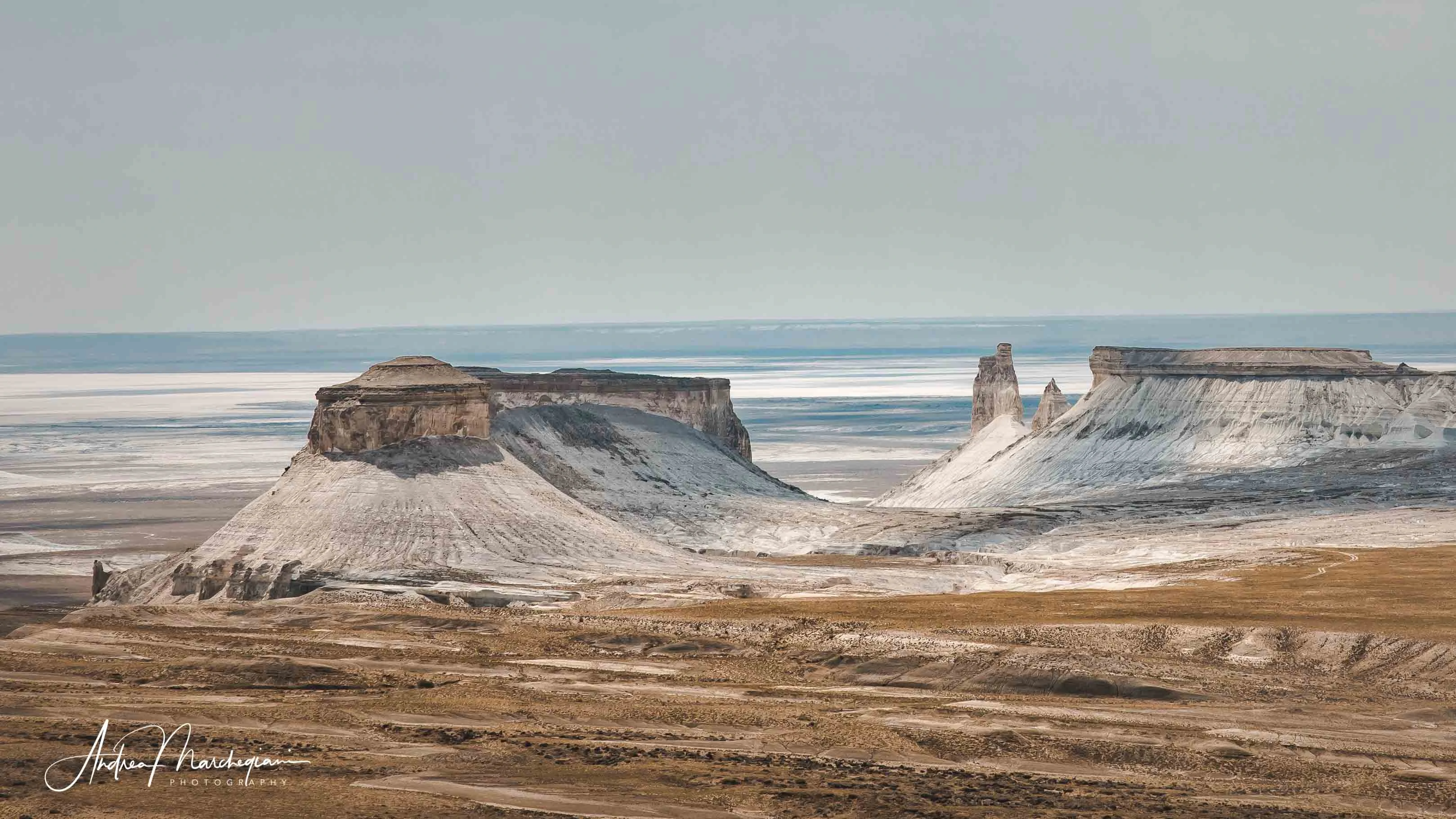











4 Comments
Hi Andrea,
Thanks a lot for sharing your insights! I am planning on travelling to Mangystau this October. Are there specific tour guides you would recommend (individuals or agencies)? What time would you advise contacting them / booking ahead of time?
Many thanks!
Search for Sergey Khachatryan on facebook! October is actually a pretty cold month for a tour there…